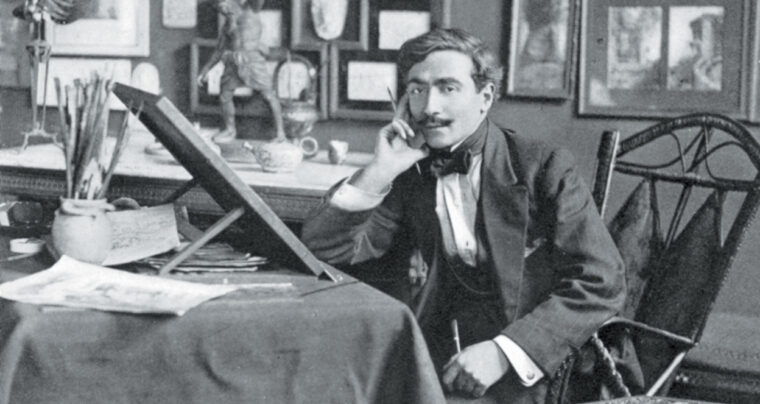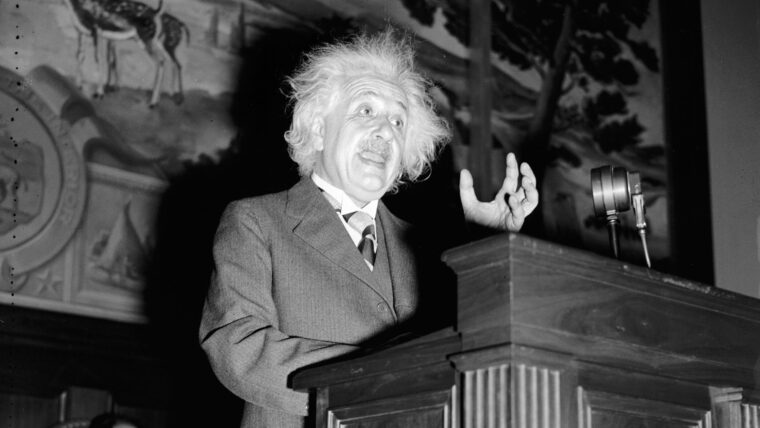
H.W. Crocker III’s ‘Robert E. Lee on Leadership’
By Christopher MiskimonThough controversial today for his choice of sides during the American Civil War, Robert E. Lee was indisputably an able military leader. Read more

Though controversial today for his choice of sides during the American Civil War, Robert E. Lee was indisputably an able military leader. Read more

Shortly before dawn on June 3, 1098, Bohemund of Taranto, one of the leaders of the First Crusade and the survivor of many campaigns, stood in the shadow of the Tower of the Two Sisters, one of the strongest points in the defenses of the ancient city of Antioch. Read more

Admirers of arms and armor should at least make ONE pilgrimage to the Metropolitan Museum of Art in New York City. Read more

In the hut no one spoke, no one joked. The assembled British and Canadian paratroop commanders awaited the briefing from their brigade commander on their next major operation. Read more

As the 1930s unfolded, Adolf Hitler sought to avoid having Great Britain join the war he intended to launch. Read more

What nation of Asia, did not Xerxes lead against Hellas? —Herodotus
On the Doricus, the vast Thracian plain and beach on the Aegean coast, rose a stronghold. Read more

The agent from the American consul followed a Turkish guard through the prisoner compound. It was early 1915, and he had come on behalf of the Red Cross seeking prisoner exchange for the worst cases in this miserable, disease-ridden place. Read more

The short, slim man strove to keep still despite the stifling heat and the perspiration trickling down his face and neck. Read more

When Brig. Gen. Nelson A. Miles finally met Geronimo in Skeleton Canyon, four miles above the Mexican border in southeastern Arizona Territory on September 3, 1886, the U.S. Read more
An astounding range of human capacities can be found throughout military heritage—bravery, fortitude and sacrifice of ordinary men and women engaged in the often heartbreaking act of making history. Read more

Late in the morning of January 2, 1863, Confederate Maj. Gen. John Breckinridge gazed through the brush at newly arrived Union infantry occupying a partially wooded hill to his front near Murfreesboro, Tenn. Read more

To the Latins they were Gauls; to the Greeks they were the keatoi (Keltoi), or Celts. A warrior people who at one time roamed Europe from Britain to the Black Sea, Celts reached the height of their power and cultural influence around the 2nd century bc. Read more

In 1814, as a consequence of her victory in the Napoleonic Wars, Great Britain was formally ceded the Dutch South African territory of Cape Colony. Read more

The basic shape of the American M1 helmet and the Soviet M40 helmets became iconic symbols of the Cold War and remain popular with collectors today. Read more

The evening of June 18, 1757, found the remnants of Frederick the Great’s Prussian army in full flight toward the Kaiser-Strasse (Imperial Road) in Bohemia. Read more

When Albert Einstein arrived in Pasadena, California, in early 1933, he was to take up his duties as visiting professor at the California Institute of Technology for about three months. Read more

On a Belgian hillside at the height of the Battle of the Bulge, an American lieutenant watched as a jeep carrying four men dressed in American uniforms stopped on the road in front of him. Read more

Field Marshal Erwin Rommel, the infamous “Desert Fox,” was appointed Commander-in-Chief of Army Group B on the Western Front and put in charge of strengthening the Normandy coastal defenses. Read more

By the spring of 1943, the Japanese advance across the Pacific had been brought to a halt. Read more

Much credit goes to the American ability to quickly manufacture the many ships and planes needed to fight the Pacific War and overwhelm the Japanese enemy. Read more